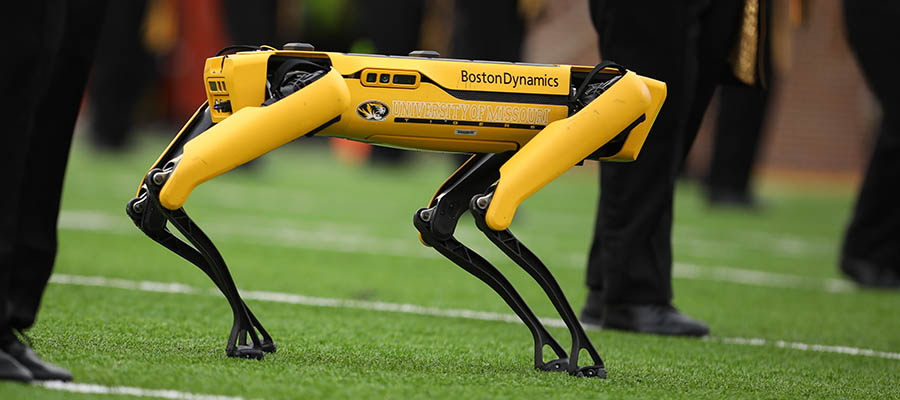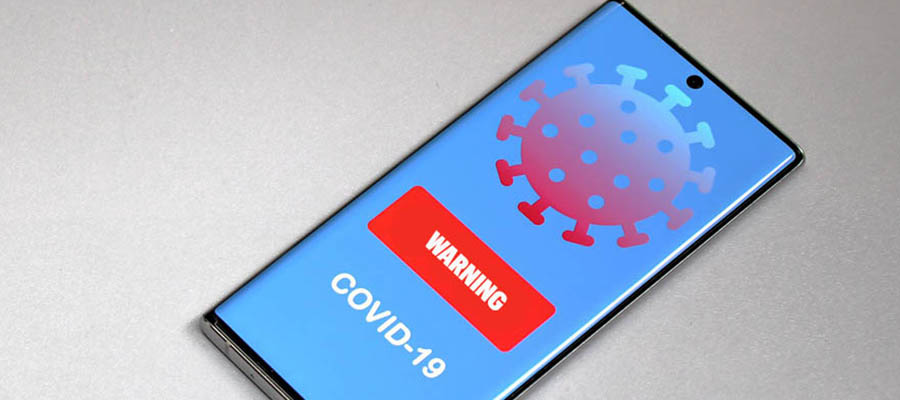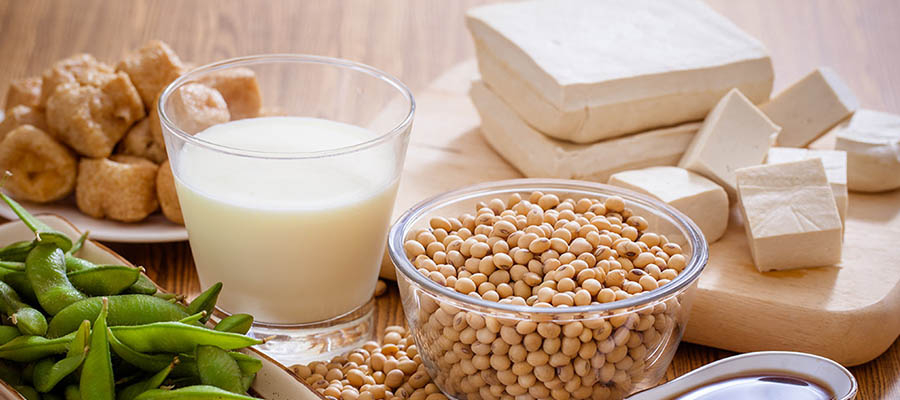December 16, 2021
What do robots, plastic bottles and cows have in common? They all top Mizzou Engineering’s list of stories in 2021. Here are our top 10 research stories of the year.

SPOT
It marched. It twerked. It caused international hoopla. A video of Spot went viral in October after the four-legged robot performed alongside Marching Mizzou and the Golden Girls at a halftime show during a Mizzou SEC home football game.
While this may not seem like research news, Spot spends most of its time on campus for engineering purposes. We acquired the agile robot from Boston Dynamics in January to give students hands-on programming experience. Students in the Autonomous Systems Lab are investigating consumer and domestic uses for Spot and developing new ways to program and control the robot, including with hand gestures and vocal controls. Spot is also used to get younger students excited about science, technology and the future of dancing robotic dogs.

DRIVING INNOVATION
What to do with all those plastic bottles, bags and straws? Run over them. That’s what Bill Buttlar, the Glen Barton Chair in Flexible Pavements, and researchers at Dow proposed when they came up the idea to add recycled plastic into traditional asphalt materials. Turns out, asphalt and plastics are chemically similar enough to work together. The research team developed the material, then worked with the Missouri Department of Transportation to test it along a strip of Stadium Boulevard in Columbia. If the roadway holds up through summer and winter months, the new pavement mixture could be used across America’s roadways, providing not only durable road surfaces but also a way to repurpose pesky plastic wastes. So don’t feel too badly about that bottled beverage, just be sure to recycle it when you’re finished.
Learn How We’re Driving Innovation Read an Update on the Work

CROSS-CAMPUS COW-LABORATION
Beef producers got excited when they heard about the prospect of this research. Associate Professor Gui DeSouza developed a way to use 3D image data to predict physical properties of cows — such as their size, fat resources and hair coating. This could ultimately help farmers make decisions such as how much to feed the animals to optimize growth and productivity. Collaborators from the College of Food, Agriculture & Natural Resources say the work could lead to the availability of 3D scanning instruments that farmers and ranchers could use to better manage their herds.

DETECTING DISEASE
Let’s face it, sticking a COVID test swab up your nose isn’t anyone’s idea of fun. In the future, people may be able to detect viruses or diseases using non-invasive wearable devices, instead, thanks to work from Mizzou Engineering. Assistant Professor Zheng Yan this past year advanced efforts to mass produce low-cost devices that would wirelessly transmit a person’s vital signs. These mass-produced porous patches would include multiple bioelectronic components customized to fit individual health needs. And that could mean less poking or prodding to tell us if we’re sick.

BLAST-RESISTANT GLASS
Action movies love a good explosion scene where the heroes walk away unscathed as shards of glass rain down around them. Unfortunately, explosions happen in the real world, too. But thanks to a Mizzou Engineer, the flying glass shards may soon be just for the silver screen. Professor Hani Salim is developing blast-resistant glazing protoypes that protect windows in the event of an explosion. Salim received more than $1 million from the U.S. Army Engineer Development Center for the research, which aims to not only create new types of windows but also provide a glaze to retrofit windows in existing structures. Sorry action heroes, but we feel safer already.

SOUNDS SCI-FI
Maybe because it sounded like something from Marvel’s Ant Man 2, but this story caused a lot of buzz on campus. Guoliang Huang, Huber and Helen Croft Chair in Engineering, observed acoustic waves in the quantum realm this fall. These waves bypassed the 3D world we know and split into the fourth dimension. The science is complicated, but essentially the discovery could turn science fiction into reality. As in splitting waves and sending sound to multiple locations with no decrease in audio quality. We like the sound of that.
See the Science Behind the Discovery

DELIVERY SOLUTION
Waiting for those last-minute holiday gifts to be delivered? In the future, delivery could be faster and more efficient thanks to a Mizzou Engineer. Assistant Professor Sharan Srinivas has developed a way to use delivery trucks as moving depots to carry not only packages, but also delivery drones. While the truck dropped off larger items, those drones could carry smaller packages to neighboring homes and businesses. He even built in machine learning so the model could map out optimal delivery routes. More efficient for delivery companies, better service for consumers? That’s what we call a win-win.

A-EYE
A Mizzou Engineering research team is working to improve the way a machine sees and understands physical objects. Associate Professor Derek Anderson has been figuring out why artificial intelligence (AI) sometimes fail to recognize objects in images, while Professor Scott Kovaleski is determining whether it’s possible to create materials that could either improve or hinder AI vision. They’re doing this by incorporating the mechanisms of interactions of materials with the electromagnetic waves into algorithms. If successful, the research could lead to improved autonomous vehicles and even new materials that would make it easier for machines to spot humans in poor lighting. In other words, were Santa to swap his reindeer with an autonomous sleigh in the future, grandma wouldn’t get run over.
Read More Explore the Team’s Research on Holograms

FLYING CARS
While the flying cars “Back to the Future” promised us in 1985 aren’t yet here, one Mizzou Engineer remains optimistic that we’ll soon be able to fly over traffic jams. Assistant Professor Suchi Rajendran is one of few researchers studying the logistical challenge of air taxi services. This past year, she investigated how people might be best served by vertistops, or centralized stations where passengers would board a vertically bound vehicle. Rajendran and collaborators also analyzed yellow taxi data from New York City to see where and when travelers would be most likely to use air taxis and how to use that information to help minimize wait time for customers. Because, after all, we’ve been waiting nearly 40 years.
Read About Operational Logistics Read About Consumer Demand

SOY WHAT, NOW?
We know it’s healthy, but soy hardly tops anyone’s list of favorite foods. If Mizzou’s Kiruba Krishnaswamy has her way, though, we’ll all be hankering for soy-based snacks someday soon. She’s coming up with a way to develop tastier, more nutritious soy-based yogurt, tofu and powered milk using the SOYLEIC® High Oleic Soybean pioneered in the College of Agriculture, Food & Natural Resources. Krishnaswamy is looking at various parameters to ensure nutritional value while adding flavoring such as chocolate and vanilla to the mixture. Once her team perfects the formulations, she’ll turn the work over to the Missouri Soybean Merchandising Council to connect with food industries for technology transfer — which means tastier soy may soon be coming to a grocery store near you.
Of course, these stories represent just a fragment of what Mizzou Engineers have accomplished this past year. We’ve also been at the forefront of cybersecurity, edge computing and blockchain technology. We’ve explored space travel and experienced zero-gravity environments. We led efforts to improve roads and bridges, fix disrupted supply chains, target disease through precision medicine and develop ways to protect environmental resources. And we did that work with the help of many collaborators across campus and across the globe.
We look forward to more innovation in the coming year. Keep up with all of our research news in 2022 by subscribing to our monthly newsletter.